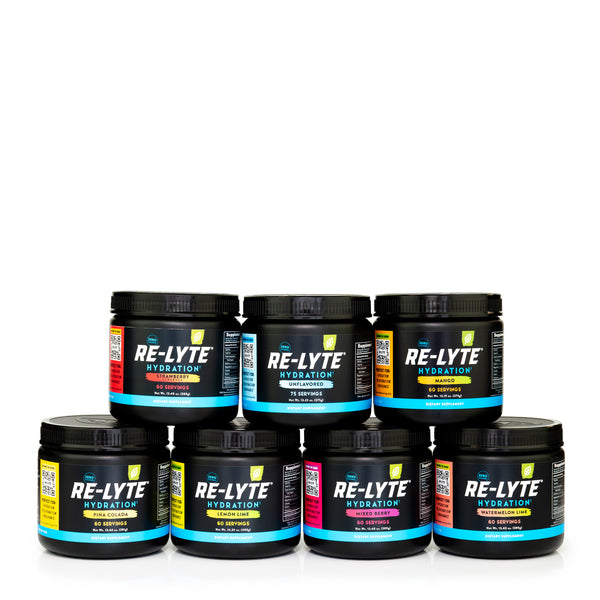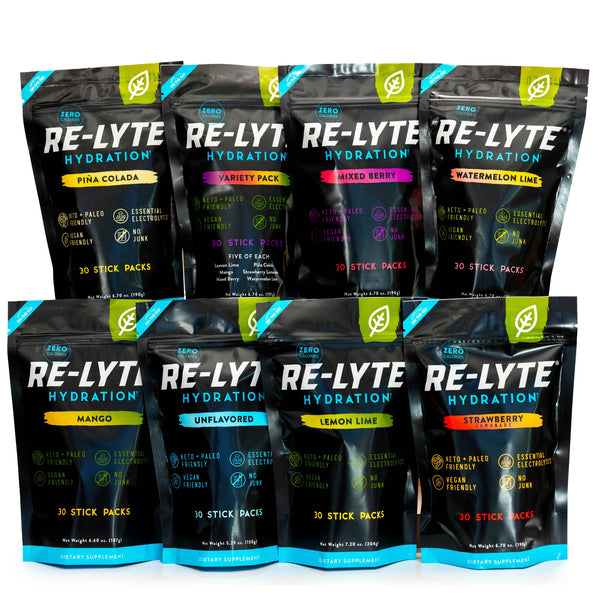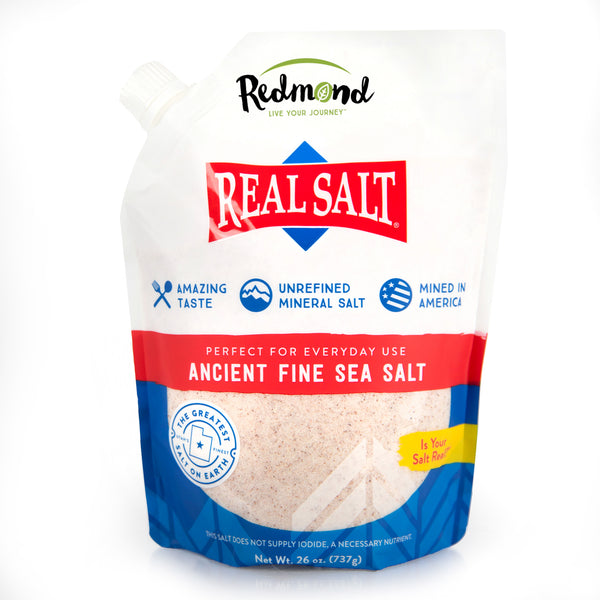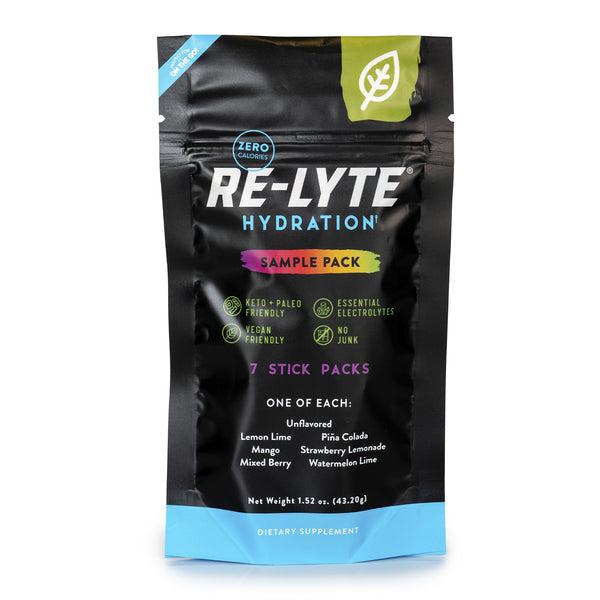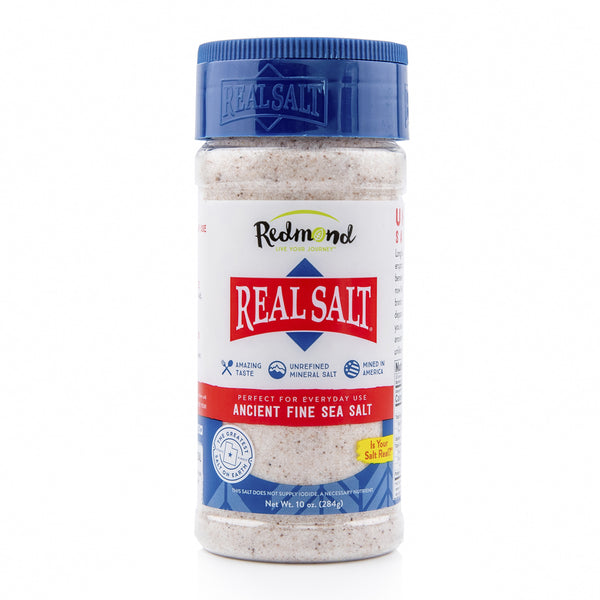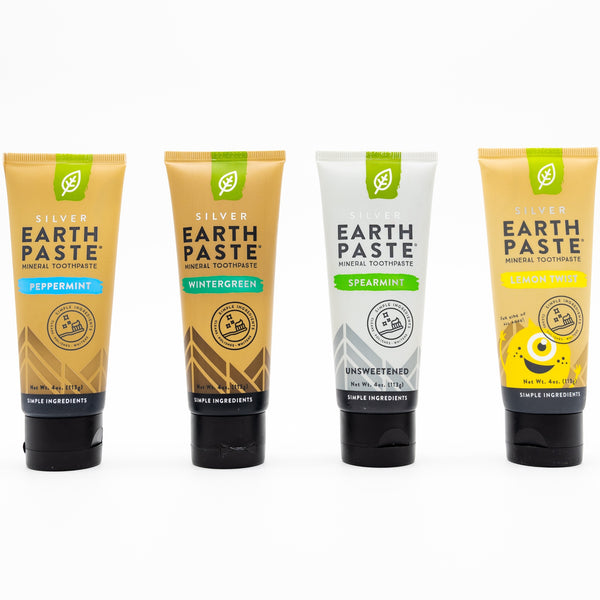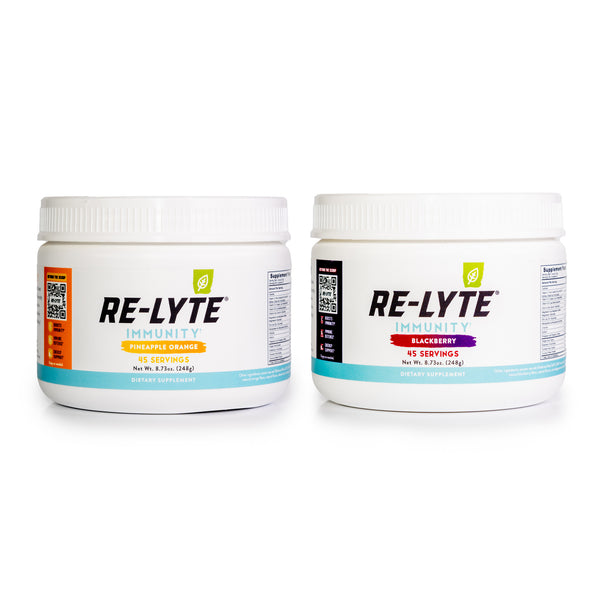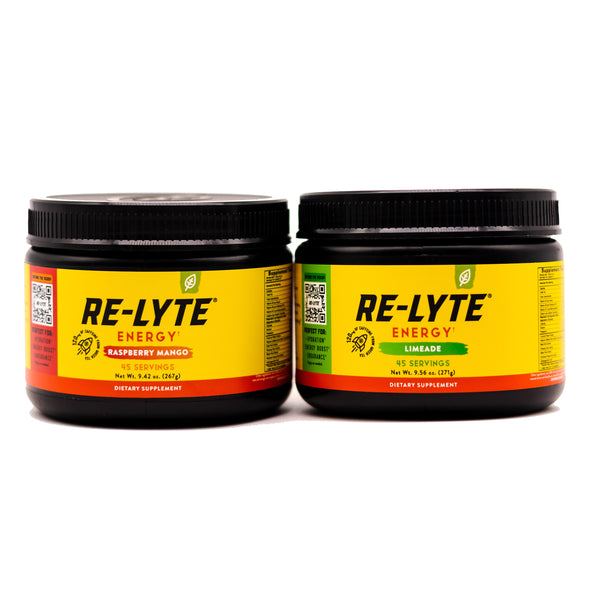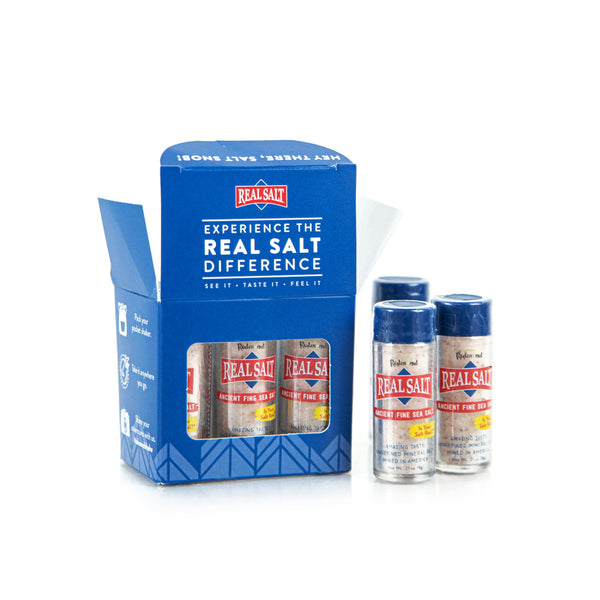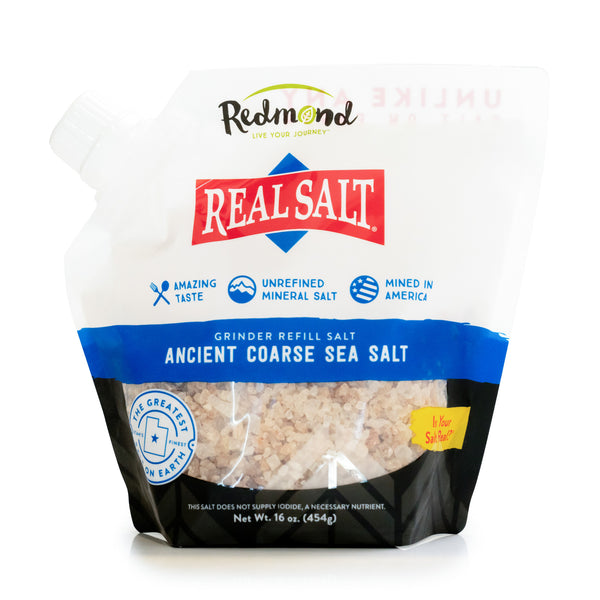5 Salty Summer Science Activities for Kids
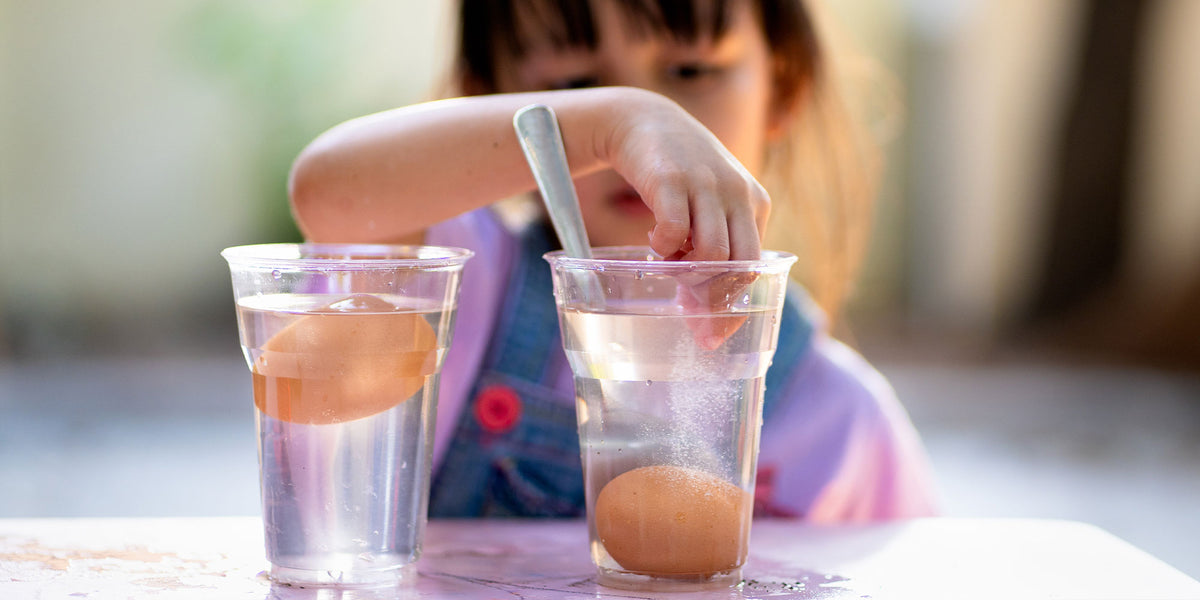
Article at a Glance
- Salt is versatile! It tastes great, it’s necessary for life, and it can help us learn cool facts about the world.
- Salty experiments can keep kids learning and avoid boredom this summer. Learn about sound waves, buoyancy, osmosis, freezing points, and more.
At Redmond, we readily admit that we’re a little (or a lot!) obsessed with salt. So it probably isn’t surprising that we love finding ways to experiment with it, whether to discover tasty new recipes or help kids explore the world around them. Here are five fun and salty science experiments you can try with kids of any age.

Explore Sound Waves With Salt
If you’ve ever felt the beat when someone plays music with the bass turned up, you’ve felt sound waves. We hear sounds when something causes the medium around us (usually air particles) to move or vibrate, creating sound waves. The waves travel to our eardrum, cause our eardrum to vibrate, and our brain interprets the vibrations. This experiment helps kids visualize what happens to their eardrums when they’re hit by sound waves.
Materials Needed
- Salt (Any type of salt will work, including Real Salt. You won’t be eating it, though, so if you haven’t thrown out all your refined table salt, you can use that.)
- Drinking cup or glass
- Plastic wrap or sandwich bag
- Rubber bands
- Portable speaker (A smartphone might work, but only if it has a really loud speaker.)
Step 1— Completely cover the open end of the cup with a piece of plastic wrap and secure it with a rubber band; pull the sides and corners so it’s tightly stretched without bumps or creases. This mimics the eardrum.
Step 2—Sprinkle some salt on top of the plastic wrap eardrum.
Step 3—Hold the portable or phone speaker near the plastic-covered cup, play different sounds, and watch how the salt responds. Music can be particularly fun to watch. You may need to turn up the volume.
What Happened? The salt sitting on the model eardrum will dance with the music or sounds. If you have a tuner app, you can play different tones and see how the salt responds to the different frequencies.
Why? The sound waves from the speaker hit the plastic wrap and cause it to vibrate, which makes the salt jump and bounce. Try changing the size of the cup or swap the plastic wrap for foil, a balloon (cut off the neck and pull the balloon over the cup), cloth, or other covering to see how the salt responds differently to the same sounds based on differences in the materials that make up the eardrum. Is this why some animals hear better than humans?
Learn Buoyancy Using Eggs and Salt

Buoyancy is an object’s ability to rise or float in a liquid or gas. Buoyancy depends on the weight of the object and the weight of the fluid or gas in which it’s placed. When you put an object in water, it will displace some of the water. If the object is heavier than the water it displaces, it will sink (e.g. a golf ball). If the object is lighter than the water it displaces, it will float (e.g. a ping pong ball).
A balloon filled with air from your lungs will fall to the ground because it’s heavier than the weight of the air it displaces; a helium-filled balloon floats because helium makes the balloon much lighter than the air it displaces. In this experiment, we see what happens when we change the density and weight of tap water by adding salt.
Materials Needed
- Salt (Any type of salt will work, including Real Salt. You won’t be eating it, though, so if you haven’t thrown out all your refined table salt, you can use that.)
- Water
- 2 raw eggs
- 2 tall drinking glasses
- A spoon to gently put the eggs in the glasses
Step 1—Fill the drinking glasses about ¾ full of plain tap water.
Step 2—Add 2 heaping tablespoons of salt to one of the glasses and stir until the salt is dissolved. If you are using Real Salt, there will be some undissolved particles at the bottom, which is fine. The other glass of water is the control; do not add anything yet.
Step 3—Carefully spoon one egg into each glass.
What Happened? The egg placed in salt water will float; the egg in the plain tap water will sink. (If the egg placed in salt water does not float, stir in more salt.)
Why? When you place an egg in plain water, it sinks because it’s heavier than the water it displaces. Dissolving salt in the water increases its density, making it weigh more. An egg placed in the salt water floats because the egg is lighter than the salt water it displaced.
Experiment with Osmosis Using Gummy Bears (Or Potato Slices) and Salt
A little vocab review might be helpful here. In a solution, the “solvent” is the dissolving substance and the “solutes” are the substance that is dissolved. So if you have a solution of salt water, water is the solvent and salt is the solute. Osmosis is the movement of solvent particles through a semipermeable membrane from an area with a high concentration of solvent particles to an area of low concentration in an effort to have the same concentration on both sides of the membrane. Osmosis plays a critical role in life, including how our cells stay properly hydrated. In this experiment, we watch what happens when we put gummy bears (or potato slices) in regular water and a super-concentrated salt solution.
Materials Needed
- Salt (Any type of salt will work, including Real Salt. You won’t be eating it, though, so if you haven’t thrown out all your refined table salt, you can use that.)
- Water
- Two small bowls that hold at least 1.5 or 2 cups
- Gummy bears,>
- Instead of gummy bears, you can use raw potato slices, cut to the same size and about ¼ inch thick
Step 1—Heat 1 cup of water to boiling and stir in 5 ½ tablespoons of salt until it dissolves. You may need to heat the water again, either on the stove or in a microwave. It’s okay if you have a little undissolved salt at the bottom. If using Real Salt, there will be some undissolved granules at the bottom, which is fine.
Step 2—Let the salty water cool to room temperature and pour it into a bowl.
Step 3—Pour 1 cup of plain, room temperature water into a separate bowl of a size similar to the bowl with salty water (the water can be tap, distilled, spring, or filtered).
Step 4—Select six gummy bears or potato slices that are as close to the same size as possible; these will be your testing materials.
Step 5—Place two gummy bears or potato slices in the salt water, two in the plain water, and leave two on a plate without any water (if using potato slices, put a cover over the slices that don’t go in water).
Step 6—Wait about four hours or overnight, then inspect each group.
What happened? The gummy bears in the saltwater probably are a little bigger than the dry group while the gummy bears in plain water likely grew the most. The potato slices in the plain water grew while the potato slices in the salt shrunk. Also, notice how firm or flexible the potatoes are. Dry gummy bears on the plate stayed the same; potato slices may have dried some, depending on your climate.
Why? During osmosis, water particles move from a solution with a high concentration of solvent (water molecules) to an area of lower concentration of water particles to try to equalize the concentrations. The bigger the difference between the concentration of the two solutions, the more the water moves.
In this experiment, the gummy bears have a relatively low concentration of water as compared to sugar and other non-water particles. When you put them in plain water, a lot of water molecules from the water move into the gummy bear to try to equalize the concentration, making the gummy bears swell. When you put the bears in super salty water, some water molecules will move into the gummy bears, causing them to grow some, but not as much as with plain water. This is because the relative concentrations of water particles in the gummy bears and super salty water is more similar, even though one is sugar and the other is salt.
Plants and animals are living things made up of cells. Although potato cells have a lot of water, they also have a lot of non-water particles, so the plain water has a higher concentration of water particles. Thus, when you put potato slices in plain water, water will move into the potato cells which can make them grow slightly and also makes them very firm (this is called turgor pressure). When comparing the concentration of water molecules in potatoes and super salty water, the potato has a higher concentration. When you put a potato slice in super salty water, water from the potato cells will move out into the salt solution to try to equalize the concentration of water molecules. This loss of turgor pressure causes the potato to become very flimsy.
Continue the experiment by putting other food items into salty and plain water to see what happens.
As an additional experiment, leave the bowl of super-saturated salt water on a table or counter for a few days, let the water evaporate, and see what’s left. If you don’t live in a climate where the water will evaporate on its own, pour the water into a pan and let it boil until there is only a little water. What do you see when the water is gone or mostly gone?
Learn About Freezing Points With Salt, Ice, and String
Pure water has a freezing temperature of 0° Celsius or 32° Fahrenheit. When you dissolve other substances in the water, those substances interfere with the water molecules, preventing them from attaching to each other as easily, and lowering the freezing point. As a result, temperatures need to be much colder before the water will freeze. In colder climates, salt is often added to roads in the winter to keep them from freezing. Our next experiment explores this principle.
Materials Needed
- Salt (Any type of salt will work, including Real Salt. You won’t be eating it, though, so if you haven’t thrown out all your refined table salt, you can use that.)
- Ice cubes
- 2 pieces of string, shoelace, yarn, or twine, at least 4 or 5 inches long (thread will also work)
- 2 small bowls or containers
Step 1—Place a few ice cubes in each bowl and add enough water so the ice cubes can be completely underwater if you push on them.
Step 2—Try to pick up the ice cubes using just the string. Can it be done?
Step 3—Place a string across at least one of the ice cubes in each bowl, so it has good contact with the ice cube. Drape the ends of the string out of the bowl, making sure the string still has direct contact with the ice cube(s).
Step 4—Sprinkle two pinches of salt over the string touching the ice cube in one of the bowls. The other bowl will be your control; you won’t add anything to the string and ice cube in that bowl.
Step 5—Wait two or three minutes and then lift the ends of the strings. Can you pull out the ice cube with the string?
What Happened? The string is frozen to the ice cube that had salt added to it, allowing you to lift the ice cube out of the bowl. The string without salt is not stuck to its ice cube.
Why? Sprinkling salt on ice causes it to melt because it lowers the freezing point. In this experiment, adding salt to the ice means that 32°F is no longer cold enough to keep the top of the ice frozen. When some ice melts, it absorbs heat from nearby water molecules, making those molecules colder. The water molecules that aren’t mixed with salt still have the 32°F freezing point, so they freeze to the ice cube and freeze the string along with them.
If there’s no salt, the water around the ice cube doesn’t get cold enough to freeze and the string does not freeze to the ice cube. Eventually, ice cubes in both bowls will melt because they absorb heat from the water and surrounding air.
Learn About the Shape of Salt Crystals

Sodium chloride is the scientific name for the salt we put on food. A molecule of sodium chloride has one sodium ion (an ion is a charged atom or molecule) and one chloride ion. The sodium ions have a positive charge; the chloride ions have a negative charge.
The oppositely charged ions are attracted to each other while the similarly charged ions repel each other. When you have lots of salt molecules, the sodium and chloride alternate in each direction and come together as a perfect cube. This experiment helps illustrate the cube shape, even when the crystals are really tiny.
Materials Needed
- Salt (Any type of salt will work, including Real Salt. You won’t be eating it, though, so if you haven’t thrown out all your refined table salt, you can use that.)
- 1 raw egg
- A flat, smooth surface
Step 1—On a smooth surface, try to balance the egg so that it stands on its end. Can it be done?
Step 2—Put a few shakes of salt on the surface and push them together into a little pile.
Step 3—Balance the egg in the pile of salt. It may take a few tries, but it can be done.
Step 4—Carefully blow the salt away from the egg so the extra salt is no longer touching the egg. You won’t see any salt around the egg, but don’t blow so hard to blow down the egg.
What Happened? The egg can’t stand on its end on a smooth surface, but can stand on its end with the salt, even after you blow away the salt.
Why? The cube shape of the salt crystals makes them act like tiny boxes or pedestals that support the egg and help it stand upright. When you gently blow the salt away, the tiny crystals that support the egg stay where they are.
What are your favorite salty science experiments?
Comments (1)

Hello redmond.life webmaster, Your posts are always well received by the community.


